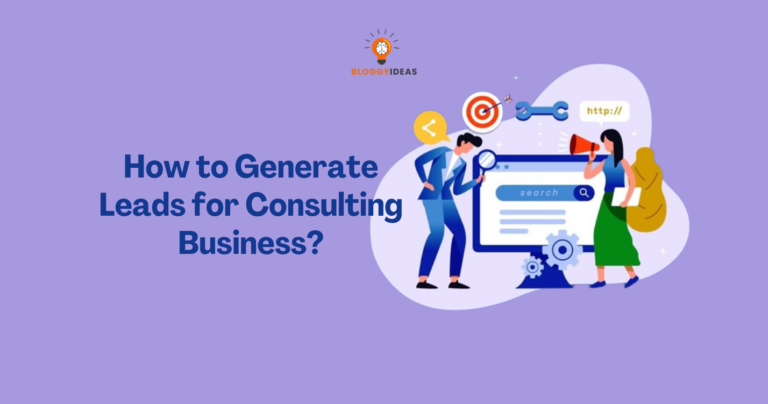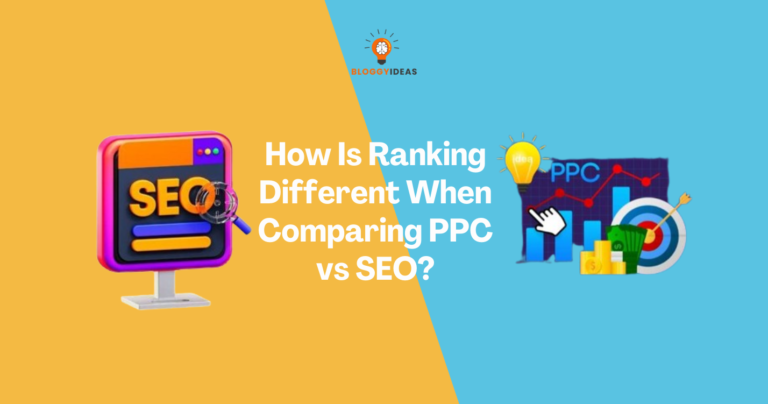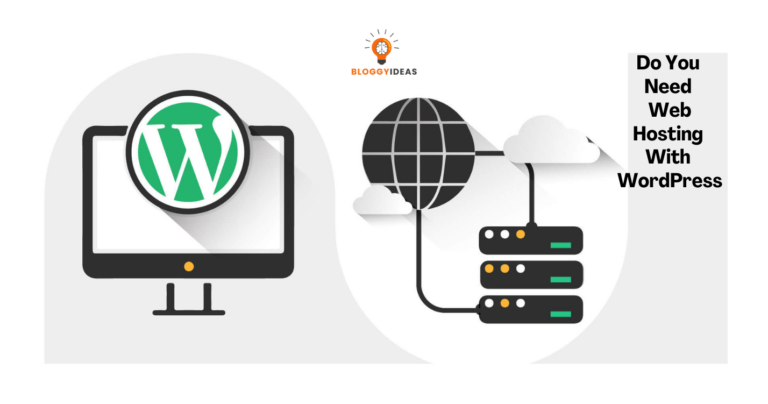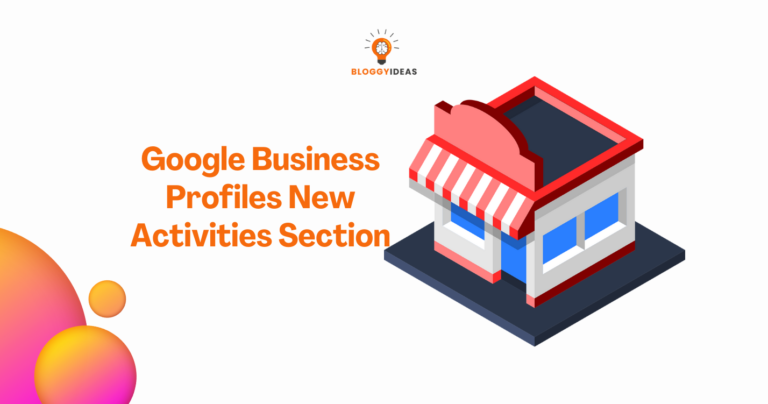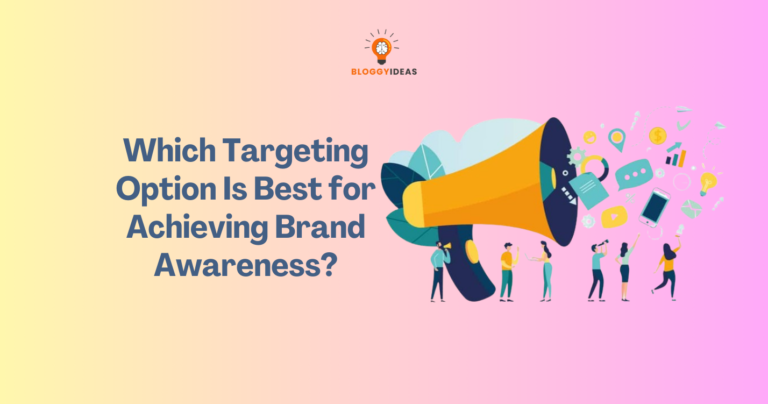Pros and Cons of Pay Per Click Advertising
“Quick Overview” Pay Per Click Advertising (PPC) has become a cornerstone of digital marketing strategies for businesses worldwide. By allowing advertisers to bid for ad placement in search engine results and on various platforms, PPC offers a range of pros and cons.
In this blog, we’ll delve into the pros and cons of PPC advertising, exploring its benefits in generating immediate traffic and targeted audience reach, as well as the challenges of cost management, click fraud, and platform dependency.
Understanding these aspects can help businesses make informed decisions about integrating PPC into their marketing endeavors.
Pros of Pay Per Click Advertising
Pay Per Click (PPC) advertising has emerged as a powerful tool for businesses to reach their target audience and drive valuable traffic to their websites. Here are compelling reasons why PPC advertising is beneficial:
- Immediate Results: PPC campaigns can generate instant visibility and traffic to a website, unlike organic methods which can take time to yield results.
- Targeted Reach: PPC allows advertisers to target specific demographics, interests, and behaviors, ensuring that ads are seen by the most relevant audience.
- Customizable Campaigns: Advertisers have full control over campaign settings, including budget, ad copy, keywords, and targeting parameters, allowing for highly tailored advertising strategies.
- Measurable ROI: PPC platforms provide detailed analytics and reporting tools, enabling advertisers to track the performance of their campaigns and calculate precise return on investment (ROI).
- Cost Control: Advertisers have the flexibility to set daily or monthly budgets, ensuring that they never exceed their spending limits.
- Pay for Performance: With PPC, advertisers only pay when a user clicks on their ad, making it a cost-effective advertising model compared to traditional methods where payment is based on impressions.
- Brand Visibility: PPC ads appear at the top of search engine results pages (SERPs), increasing brand visibility and establishing credibility among potential customers.
- Adaptability: PPC campaigns can be quickly modified and optimized based on real-time data and insights, allowing advertisers to respond rapidly to changes in the market or consumer behavior.
- Geo-Targeting: PPC platforms offer geo-targeting options, allowing advertisers to display ads only to users in specific locations, which is particularly beneficial for local businesses.
- Device Targeting: Advertisers can target users based on the device they are using, ensuring that ads are optimized for desktop, mobile, or tablet users.
- Ad Extensions: PPC platforms offer various ad extensions, such as site links, call extensions, and location extensions, which enhance the visibility and functionality of ads, leading to higher click-through rates (CTRs).
- Keyword Control: Advertisers have control over the keywords they bid on, allowing them to target high-intent keywords that are most relevant to their products or services.
- Competitive Insights: PPC platforms provide valuable insights into competitors’ strategies, including their ad copy, keywords, and bidding strategies, which can inform advertisers’ own campaigns.
- Remarketing Opportunities: PPC platforms offer remarketing capabilities, allowing advertisers to target users who have previously visited their website but did not convert, increasing the likelihood of conversion.
- A/B Testing: Advertisers can conduct A/B tests to compare different ad variations and landing pages, identifying which elements are most effective in driving conversions.
- Flexible Ad Formats: PPC platforms support various ad formats, including text ads, display ads, video ads, and shopping ads, catering to different marketing objectives and audience preferences.
- Scalability: PPC campaigns can be scaled up or down easily to accommodate changes in business goals, seasonal trends, or promotional events.
- Ad Schedule Control: Advertisers can schedule their ads to appear at specific times of the day or days of the week, ensuring that they reach their target audience when they are most likely to be receptive.
- Integration with Other Channels: PPC can be integrated with other digital marketing channels, such as search engine optimization (SEO), social media marketing, and email marketing, creating a cohesive and comprehensive marketing strategy.
- Access to Data and Insights: PPC platforms provide valuable data and insights about user behavior, search trends, and campaign performance, which can inform overall marketing strategies and decision-making processes.
Cons of Pay Per Click Advertising
Certainly! Here’s a detailed list of cons of Pay Per Click Advertising:
- Cost Fluctuations: PPC campaigns are subject to bid price fluctuations, leading to unpredictable costs that may exceed budget constraints.
- Click Fraud: Click fraud involves fake clicks on ads, resulting in wasted budget and reduced ROI.
- High Competition: Popular keywords in PPC advertising often have high competition, driving up bid prices and making it challenging for smaller businesses to compete effectively.
- Ad Blindness: Internet users may develop ad blindness, ignoring PPC ads altogether, which reduces their effectiveness.
- Limited Ad Space: Search engines and websites have limited ad space, making it difficult to ensure visibility for all targeted keywords and audiences.
- Ad Fatigue: Overexposure to the same PPC ads can lead to ad fatigue among users, resulting in decreased click-through rates and conversions over time.
- Inaccurate Targeting: Despite advanced targeting options, PPC campaigns may still reach irrelevant audiences, wasting resources on uninterested users.
- Geographic Limitations: Local businesses may find it challenging to target specific geographic regions effectively due to limitations in geographic targeting options.
- Complexity: Managing PPC campaigns requires expertise in keyword research, ad copywriting, bid management, and analytics, making it complex for beginners.
- Platform Dependency: PPC campaigns rely heavily on platforms like Google Ads or Bing Ads, leaving businesses vulnerable to changes in algorithms, policies, and ad formats.
- Time-Consuming: Creating and optimizing PPC campaigns demands significant time investment, particularly in keyword research, ad creation, and ongoing monitoring.
- Negative Keyword Management: Identifying and managing negative keywords is essential to prevent irrelevant clicks, but it requires continuous monitoring and adjustment.
- Ad Approval Delays: PPC ads must go through an approval process, which can result in delays before campaigns go live, impacting timely marketing initiatives.
- Limited Organic Visibility: Over Reliance on PPC advertising may result in neglecting organic search optimization efforts, limiting long-term visibility and traffic growth.
- Ad Blocking Software: Users increasingly use ad-blocking software, reducing the reach and effectiveness of PPC ads across various platforms.
- Ad Positioning Challenges: Achieving optimal ad positioning in search engine results pages (SERPs) requires strategic bidding and ad quality, which can be difficult to maintain consistently.
- Keyword Exhaustion: Exhausting relevant keywords in a niche market can lead to diminishing returns and increased competition for remaining keywords.
- Ad Copy Restrictions: PPC platforms impose restrictions on ad copy length and content, limiting creativity and message customization.
- Campaign Fatigue: Managing multiple PPC campaigns simultaneously can lead to campaign fatigue, resulting in oversight, neglect, or decreased performance.
- Conversion Rate Fluctuations: Fluctuations in conversion rates due to changes in market conditions, consumer behavior, or external factors can impact the effectiveness and ROI of PPC campaigns unpredictably.
Conclusion
While Pay Per Click Advertising (PPC) offers numerous advantages such as instantaneous results, targeted advertising, and measurable ROI, it also comes with its fair share of challenges.
Click fraud, high competition, and platform dependencies are just a few of the cons businesses need to navigate. Despite these drawbacks, strategic planning, ongoing optimization, and a keen understanding of both the pros and cons are essential for leveraging PPC effectively within a comprehensive digital marketing strategy.
By carefully weighing the pros and cons, businesses can make informed decisions to maximize the benefits of PPC while mitigating its limitations.
Related Resources:


